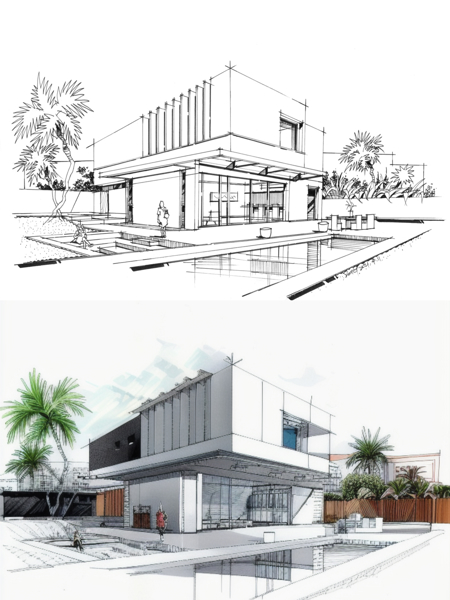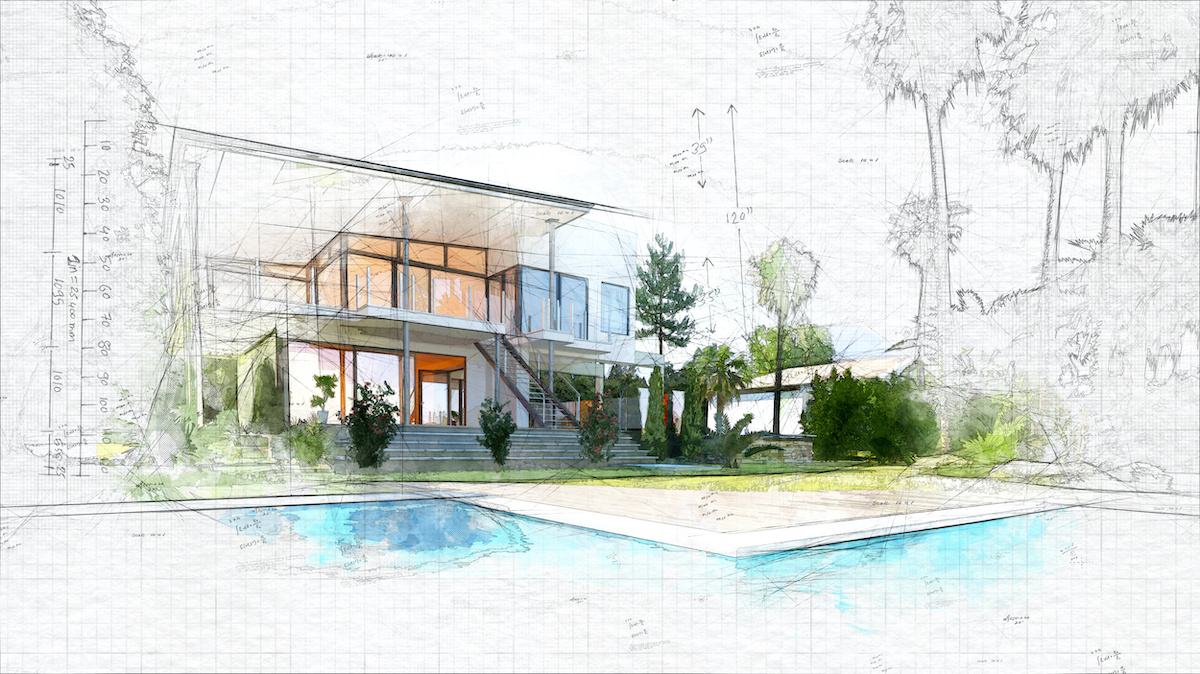How CDA Architects Incorporate Eco-Friendly Practices in Architectural Projects
How CDA Architects Incorporate Eco-Friendly Practices in Architectural Projects
Blog Article
Understanding the Collaborative Process Between Architects and Engineers in Modern Building And Construction Projects
The collaborative process in between architects and designers is important in modern-day construction jobs, as it integrates design intent with design feasibility. Checking out these characteristics reveals insights that can significantly affect task outcomes and general sector standards.
The Significance of Cooperation
The collaborative synergy in between engineers and engineers is vital for the effective understanding of any construction project. This partnership combines distinctive competence and viewpoints, enabling the integration of ingenious style with sensible design solutions. By working together, designers and engineers can make sure that a task not just fulfills visual and functional requirements but also adheres to security, sustainability, and monetary restrictions.
Partnership promotes a shared vision, assisting in the positioning of objectives and assumptions from the beginning. This positioning is vital in resolving possible difficulties and mitigating dangers that might develop during the job lifecycle. Furthermore, a collaborative method enables the efficient appropriation of sources, maximizing both time and expense.
The importance of cooperation includes the repetitive process of layout and building and construction, where comments from engineers can educate building decisions, leading to even more practical and sustainable layouts. On the other hand, designers can inspire designers to believe creatively concerning exactly how to achieve architectural stability without compromising imaginative intent. Eventually, the collective relationship in between architects and engineers is not merely valuable; it is basic to the creation of premium, useful, and ingenious built atmospheres that meet the requirements of society.
Interaction Strategies and Tools
Reliable communication strategies and tools are crucial for fostering cooperation between designers and designers throughout the project lifecycle. Developing clear networks of communication is necessary to make sure that all group members are lined up with task goals, timelines, and duties. Regular meetings, both in-person and digital, provide chances for stakeholders to review progress, address issues, and make educated choices.
Using task management software application, such as BIM (Structure Details Modeling) platforms, improves partnership by making it possible for real-time sharing of design modifications and technical specs. These devices facilitate transparency, allowing designers and designers to envision adjustments and evaluate their effect on the total task.

Shared Objectives and Task Vision

Establishing common objectives includes open discussion and a comprehensive understanding of each technique's contributions. Designers commonly concentrate on layout intent, spatial relationships, and individual experience, while designers emphasize structural honesty, systems functionality, and compliance with guidelines (cda architects). When these perspectives are aligned, the outcome is a natural task that complies with both innovative desires and technical expediency
In addition, a well-defined project vision promotes responsibility amongst employee, encouraging each participant to take ownership of their function in accomplishing the wanted end result. Regular check-ins and collaborative workshops can even more strengthen this dedication, enabling adjustments to be made as the task advances. Ultimately, a shared vision not only enhances teamwork but also elevates the high quality of the final deliverable, resulting in successful job completion.
The Role of Technology
Leveraging modern technology has come to be necessary in enhancing collaboration between architects and engineers. The integration of advanced software application devices assists in real-time interaction and details sharing, making it possible for teams to function a lot more successfully and properly. Building Information Modeling (BIM) sticks out as a crucial modern technology, allowing both architects and engineers to create detailed 3D models that encapsulate style intent and architectural stability. This common visual depiction decreases misconceptions and enhances the decision-making procedure.
Furthermore, cloud-based systems enable seamless collaboration, allowing job stakeholders to gain access to and upgrade job data from anywhere. This cultivates a society of transparency and liability, as adjustments can be tracked and assessed in real-time. In addition, mobile applications additional boost interaction, offering on-site teams with prompt accessibility to task requirements and updates.
Emerging innovations such as expert system and artificial intelligence are also beginning to play a duty in predictive evaluation, assisting teams recognize possible issues before they occur. Ultimately, the duty of innovation my review here in architecture-engineering collaboration not only improves process efficiencies yet likewise boosts innovation, bring about even more successful project results. By embracing these technical advancements, architects and designers can ensure a much more natural and efficient collaborative process throughout the building lifecycle.
Study in Effective Collaborations
Many case researches illustrate the profound effect of reliable collaborations in between engineers and engineers on project he said results. One notable instance is the cooperation on the High Line in New York City, where landscape engineers, designers, and urban planners worked with each other to change a deserted rail line into a dynamic public park. This multidisciplinary strategy not just improved the aesthetic high quality however also made sure architectural security and environmental sustainability.
One more excellent case is the design and building and construction of the Sydney Concert Hall. The partnership between architect JÃ ¸ registered nurse Utzon and architectural engineer Ove Arup exhibited innovative problem-solving. Their partnership enabled for the renowned shell-like design while addressing intricate design challenges, ultimately causing a classic building masterpiece.
The Burj Khalifa in Dubai even more shows the value of joint efforts. cda architects. The assimilation of architecture and engineering knowledge enabled the job group to accomplish extraordinary elevations while adhering to security regulations and visual vision
These instances underscore the importance of communication, trust fund, and shared goals. In today's complicated building and construction atmosphere, visite site such collaborations are necessary to navigating obstacles and supplying jobs that satisfy both useful and visionary goals.
Conclusion
In final thought, the cooperation in between engineers and designers is important for the success of modern construction jobs. Efficient communication techniques, a shared task vision, and the assimilation of sophisticated innovations are important components that promote this collaboration. By promoting a culture of accountability and leveraging devices such as Building Details Modeling (BIM), groups can navigate job intricacies, guaranteeing that aesthetic, useful, and sustainability purposes are attained. Eventually, this synergy leads to cutting-edge and effective job end results.
Report this page